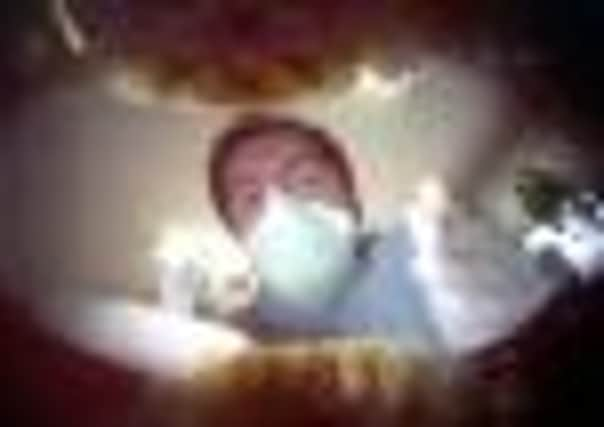Pinhole photography: how it works


The human eye performs the same task, but our brains flip the image round the right way.
• The smaller the hole the sharper is the projected image; however, it is also dimmer.
Advertisement
Hide AdAdvertisement
Hide Ad• A camera can be made out of any sealed space. An ordinary metal can can become a camera if lined with the correct paper, sealed and pierced. The skill is judging the exposure. The usual method is to is allow light to shine through the hole before covering it up again with a flap of opaque paper or tape. Depending on the size of the camera or the object being photographed, the exposure can range from five seconds to several hours.
• The image is captured on photosensitive paper or photographic film, which have compounds of silver on the surface that captures the light. Light turns the silver darker, like the tarnishing of a silver spoon in the sunshine. The picture coming through the pinhole is like a shadow, a mixture of light and dark.
• The pictures are developed in a dark room, using developer – a chemical to speed up the process of the silver going black where the light has hit it – and then a fixer to stop the process going any further when the lights are turned on, to create the final picture.